
What is Sake? Its Production Method and History
Sake is a traditional Japanese alcoholic beverage made from fermented rice. It has been enjoyed in Japan for over a thousand years and has become popular worldwide due to its unique flavor profile and cultural significance. In this article, we will explore what sake is, how it's made, and the fascinating history behind this beloved drink.
This guide will take you through the essential aspects of sake, from its production method to its historical roots.
1. What is Sake?
Sake, often referred to as nihonshu (日本酒) in Japan, is an alcoholic beverage made by fermenting polished rice. Unlike wine, which is made by fermenting fruit sugars, sake is brewed in a process more akin to beer, where starch is converted to sugars and then fermented into alcohol. Sake typically has an alcohol content of 15-20%, and its taste can vary from sweet to dry, depending on how it's made.
Sake is enjoyed in many forms, including hot, warm, or chilled, and is often served at special occasions such as weddings, festivals, and religious ceremonies. Its flavor can be described as clean, with hints of fruits, flowers, and earthy tones, depending on the style and brewing process.
2. The Production Method of Sake
The process of making sake involves several intricate steps, each of which plays a crucial role in determining the flavor, aroma, and quality of the final product. Here’s a simplified breakdown of the sake production process:
1. Rice Polishing
The first step in making sake is polishing the rice to remove the outer layers, which contain proteins and fats that can affect the flavor. The more the rice is polished, the purer the starch core, resulting in a cleaner and more refined taste. Different sake types are categorized based on the degree of rice polishing.
2. Washing, Soaking, and Steaming
After polishing, the rice is washed to remove any residual powder, soaked to absorb water, and then steamed to soften it. The steaming process is crucial as it ensures the rice is at the right texture for fermentation.
3. Koji Making
Koji (麹) is a mold (Aspergillus oryzae) that is essential for converting the rice starches into fermentable sugars. A portion of the steamed rice is inoculated with koji mold and left to grow for a couple of days, transforming the rice into a sweet, fragrant mash that is critical for the brewing process.
4. Fermentation
The koji rice is then mixed with water, yeast, and more steamed rice to begin the fermentation process. This stage, known as "moromi," can take several weeks, during which the yeast ferments the sugars from the rice into alcohol.
5. Pressing, Filtration, and Pasteurization
Once fermentation is complete, the sake is pressed to separate the liquid from the remaining rice solids. The sake may be filtered to refine the flavor and remove any impurities. It is often pasteurized to stabilize the brew and prevent unwanted bacterial growth, though some varieties of sake, known as "nama-zake," are unpasteurized.
6. Maturation and Bottling
After pressing, sake is usually aged for a few months to develop its flavors before it is bottled and shipped. Some sake varieties can be aged longer for a deeper, richer taste.
For more detailed information on the sake production process, you can visit Japan Guide - Sake Production.
3. The History of Sake
The history of sake stretches back over 2,000 years, with its origins believed to be linked to the introduction of wet-rice cultivation to Japan from China. Early sake was likely quite different from the drink we know today, as it was more of a thick, porridge-like substance consumed at religious ceremonies.
During the Nara period (710-794 AD), sake became more refined and widely brewed, thanks in part to the introduction of koji mold, which allowed for better fermentation. By the Heian period (794-1185 AD), sake had become a central part of Japanese court culture and religious rituals, particularly in Shinto shrines.
The Edo period (1603-1868) saw the commercial brewing of sake flourish. Techniques such as pasteurization and filtering were developed, resulting in sake that more closely resembles what we drink today. The modern sake industry took shape in the late 19th century when Japan began to industrialize its brewing processes.
Today, sake is enjoyed worldwide, and many regions in Japan, such as Niigata and Hyogo, are renowned for their high-quality sake breweries. Sake has also become a global ambassador of Japanese culture, symbolizing the country's rich history and artisanal craftsmanship.
For more on the history of sake, check out Sake World, a comprehensive resource on the subject.
Sake continues to evolve, with new brewing methods and styles emerging as modern brewers experiment with traditional techniques. Whether enjoyed in a casual setting or as part of a ceremonial event, sake remains a quintessential element of Japanese culture.
Share
You may also like
-

Visiting Japan’s Love Hotel Districts: What to Expect
Japan’s love hotel districts are famous for their unique and fascinating blend of privacy, creativity, and a touch of...
-

Top 10 Late-Night Dining Spots in Tokyo’s 24-Hour Cafes
Tokyo’s vibrant nightlife extends well beyond bars and nightclubs, with a thriving late-night dining culture tha...
-

Best Night Tours in Tokyo for After-Dark Adventures
Tokyo’s nightlife is renowned for its energy, vibrancy, and unique blend of traditional and modern experiences. From ...
-

Japan’s Late-Night Food Culture: 8 Best Street Eats
Japan’s late-night food culture is a vibrant experience, especially in bustling cities like Tokyo and Osaka, where de...
-

7 Rooftop Bars in Tokyo for Stunning Views
Tokyo’s rooftop bars offer some of the best ways to soak in the city’s skyline while enjoying drinks, atmosphere, and...
-

10 Best Nightclubs in Tokyo for Dancing and Music Lovers
Tokyo's nightlife is renowned for its variety and energy, with nightclubs that range from high-energy dance floors to...
-

8 Themed Bars and Cafes You Need to Visit in Tokyo
Tokyo is famous for its creative and quirky themed bars and cafes, offering immersive experiences for locals and...
-

Tokyo Nightlife Guide: Shinjuku, Shibuya, and Roppongi Highlights
Tokyo’s nightlife is legendary, offering a mix of vibrant energy, entertainment, and unique experiences in some of it...
-

7 Best Japanese Sake Bars in Tokyo
Tokyo is home to some of Japan’s best sake bars, offering both locals and visitors an opportunity to explore the...
-

Top 6 Observation Decks in Tokyo for Scenic Views
Tokyo’s observation decks offer some of the best panoramic views of the city, giving visitors a chance to see th...
-
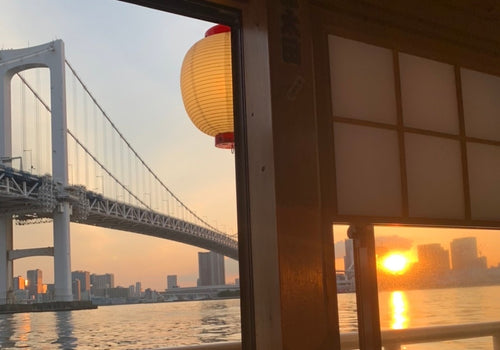
Night Cruises in Tokyo: Enjoy the City Views
Tokyo’s skyline is mesmerizing at any time, but experiencing it from the water on a night cruise adds a magical ...
-

Roppongi Art and Nightlife Guide
Roppongi is one of Tokyo’s most vibrant districts, known for its lively nightlife, sophisticated art scene, and ...
-

Nightlife Guide to Shinjuku Kabukicho
Shinjuku’s Kabukicho district, known as Tokyo’s “Sleepless Town,” is the center of nightlife in Tokyo. Renowned ...
-

6 Best Night View Spots in Tokyo
Tokyo at night is a breathtaking spectacle, with illuminated skyscrapers, iconic landmarks, and bustling streets that...
-

Top 12 Sake Breweries in Japan for Tasting and Tours
Japan’s sake culture is celebrated around the world for its depth, complexity, and rich history. Sake, or nihons...
-
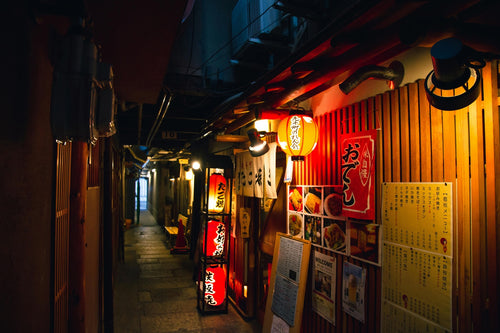
How to Enjoy a Night at a Japanese Izakaya
Japanese izakayas are casual, lively spots where locals gather after work to enjoy drinks, share small plates, a...
-

Exploring Karaoke Culture in Japan: 8 Best Places to Sing
Karaoke is an integral part of Japanese culture, offering a fun and entertaining way for friends, family, and even co...
-

5 recommended bars in Golden Gai
Golden Gai, nestled in the heart of Tokyo’s Shinjuku district, is one of the city’s most iconic bar districts. Known ...
-

10 Japanese Gardens You Should Visit for Tranquility
Japanese gardens are renowned for their beauty, tranquility, and intricate designs that reflect harmony with nature. ...
-

Japan’s Kimono Heritage: Symbolism, Style, and Where to See
The kimono, Japan’s traditional garment, is a beautiful and symbolic representation of Japanese culture. From its int...
-
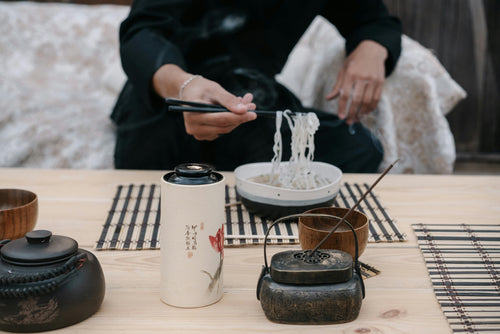
Etiquette Essentials for Visitors to Japan
Japan’s culture is rich in respect, politeness, and consideration, making etiquette an essential part of daily l...
-

7 Best Places to Discover Japan’s Samurai History
Japan’s samurai history is one of honor, skill, and deep cultural influence, stretching back centuries and leaving an...
-

Geisha Culture in Japan: Myths and Realities
The world of geisha, Japan’s skilled performers and keepers of traditional arts, has long intrigued people around th...
-

Japan’s Unique Architecture: Top 8 Traditional and Modern Landmarks
Japan is renowned for its unique blend of ancient architectural heritage and cutting-edge modern designs. From c...
-
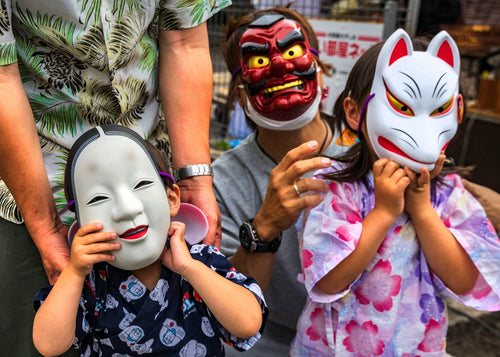
10 Traditional Japanese Festivals (Matsuri) You Can’t Miss
Japanese festivals, or *matsuri*, are vibrant celebrations of cultural heritage, featuring elaborate costumes, l...
-
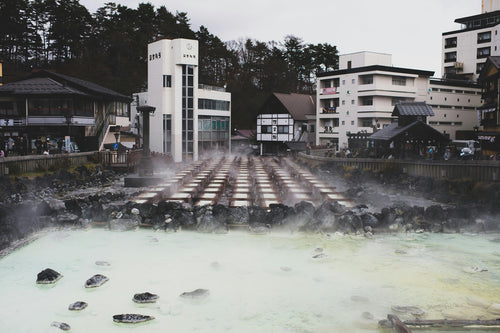
Japan’s Three Great Onsen: A Guide to Famous Hot Springs
Japan is famous for its natural hot springs, or *onsen* (温泉), offering visitors a unique opportunity to relax and rej...
-

Japanese Art Exploration: Best Spots to Enjoy Art in Japan
Japan is a country rich in artistic heritage, from centuries-old traditional crafts to modern, innovative instal...
-
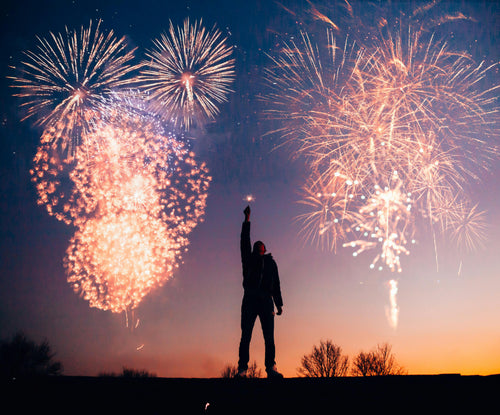
Guide to Japan’s Fireworks Festivals: When and Where to Go
Japan’s summer fireworks festivals, known as "hanabi taikai" (花火大会), are among the most anticipated events in th...
-
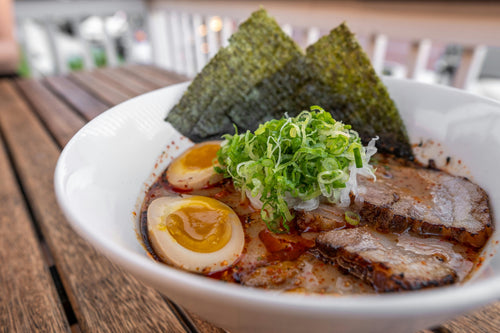
Where to Experience Ramen-Making Classes in Japan
Ramen is one of Japan’s most beloved dishes, with countless regional styles and flavors that attract food lovers from...
-

Power Spot Tours: Japan’s Famous Temples and Shrines
Japan is a land steeped in spiritual history, and visiting its temples and shrines provides not only a glimpse i...
-
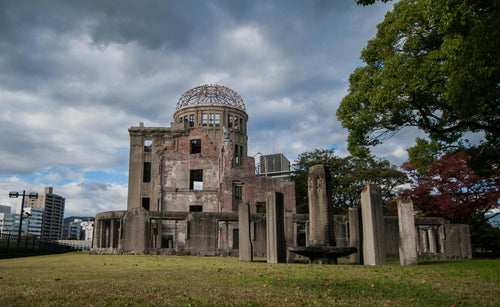
UNESCO World Heritage Site Tour Guide in Japan
Japan is home to numerous UNESCO World Heritage Sites, each offering a glimpse into the country’s rich cultural herit...
-

5 Famous Japanese Castles: History and Highlights
Japan is home to some of the most beautiful and historically significant castles in the world. Built during the feuda...
-
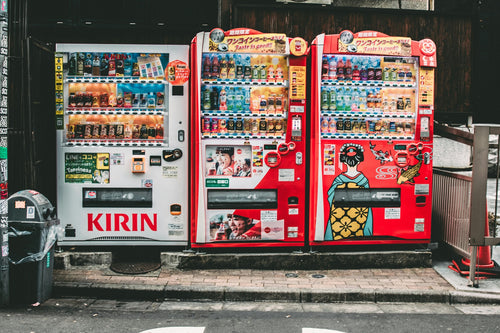
10 Unique Drinks to Try from Japanese Vending Machines
Japan is famous for its vending machines, offering an incredible variety of drinks that go beyond just soft drinks an...
-
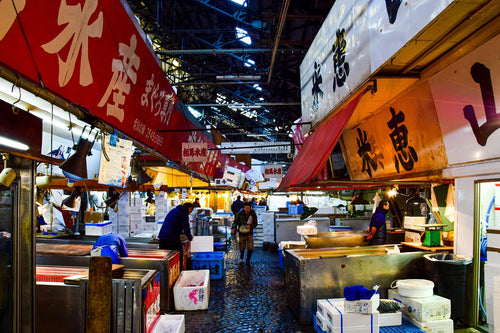
Tokyo Market Guide: Exploring Tsukiji and Toyosu Markets
Tokyo's Tsukiji and Toyosu Markets are must-visit spots for food lovers and anyone interested in Japan’s rich culinar...
-
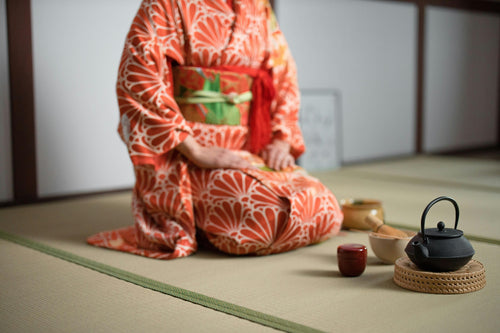
Experiencing Traditional Tea Ceremony in Tokyo
The Japanese tea ceremony, or "chanoyu," is a cultural experience steeped in tradition, aesthetics, and mindfulness....
-

Top 7 Cherry Blossom Viewing Locations in Tokyo
Springtime in Tokyo is synonymous with the cherry blossom season, a breathtaking period when the city’s parks, rivers...
-
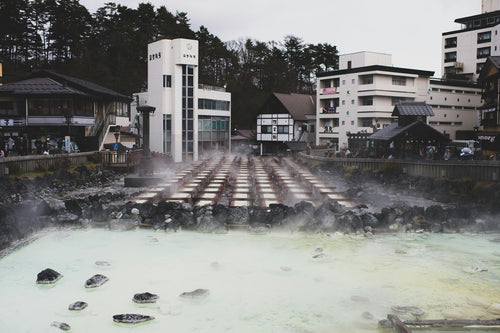
What is Onsen? A Guide to History, Benefits, and Etiquette
Onsen, Japan’s cherished hot spring culture, offers a unique blend of relaxation, scenic beauty, and deep-rooted trad...
-

8 hot springs with beautiful scenery near Tokyo
Tokyo is a bustling metropolis, but just outside the city are some of Japan's most serene hot springs, or onsens, off...
-

Top 10 museum to visit in Tokyo
Tokyo is home to a diverse range of museums that cater to all interests, from art and history to technology and pop c...
-
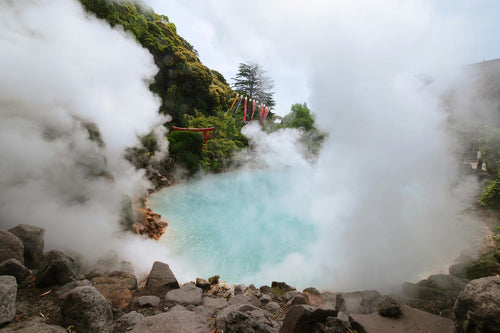
9 Best Hot Spring and Bathhouse in Tokyo
Tokyo is known for its vibrant urban energy, but it's also a fantastic place to relax and rejuvenate in hot springs (...
-
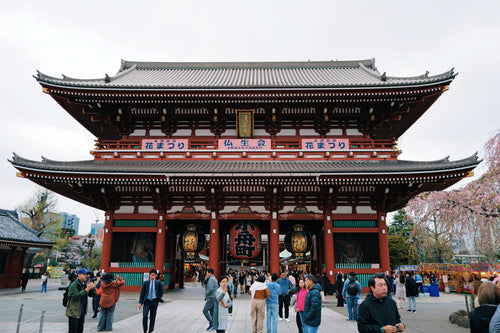
15 Famous Temples and Shrines to Visit near Tokyo
Tokyo and its surrounding areas are home to many famous temples and shrines that showcase Japan's rich spiritual and ...









































